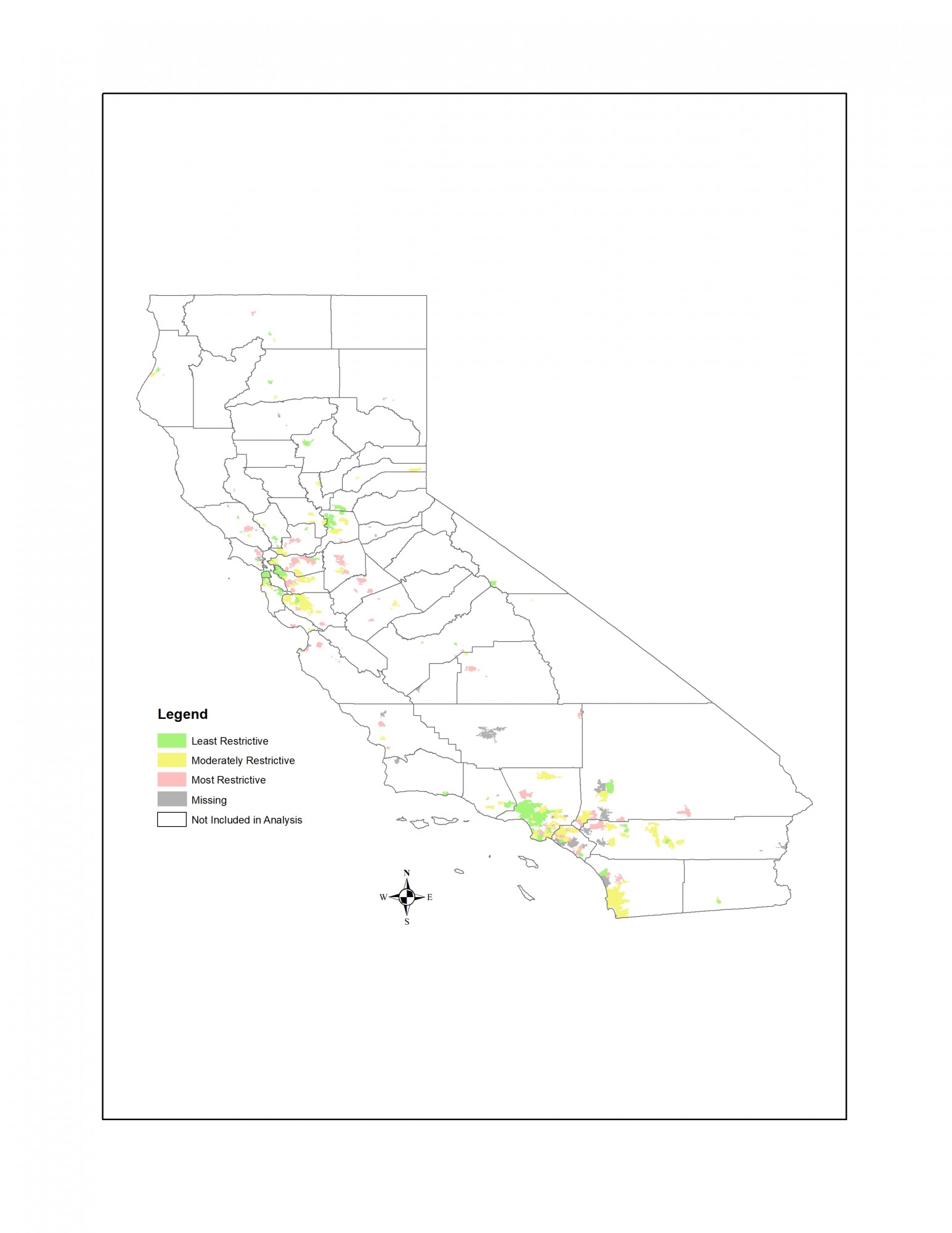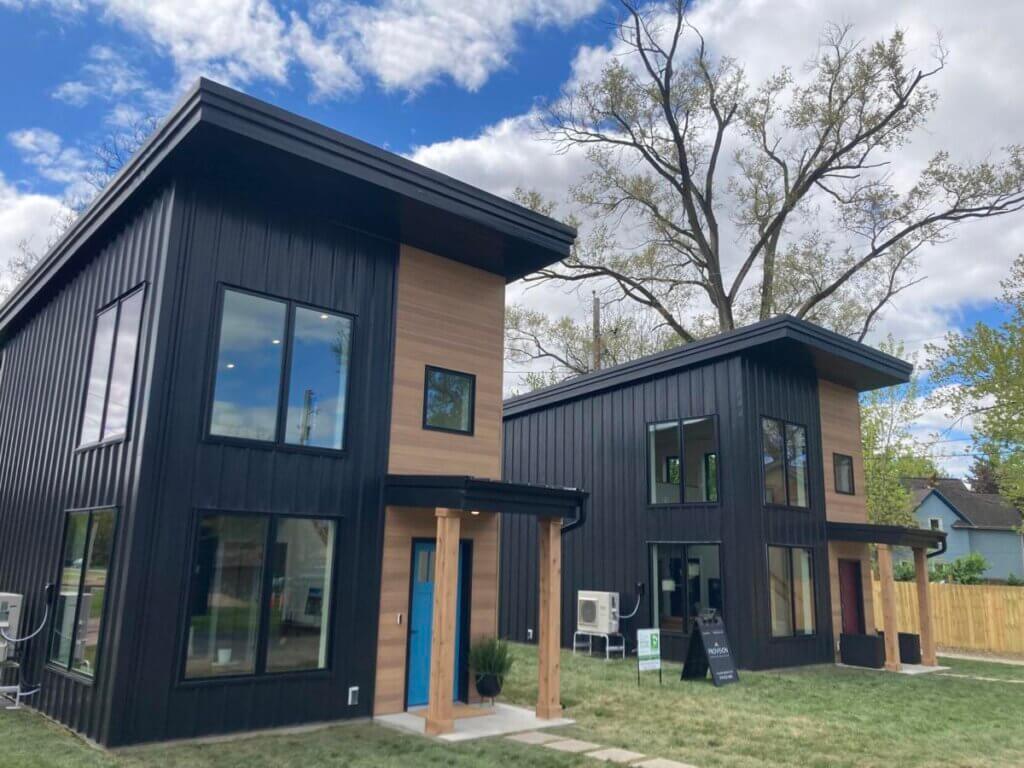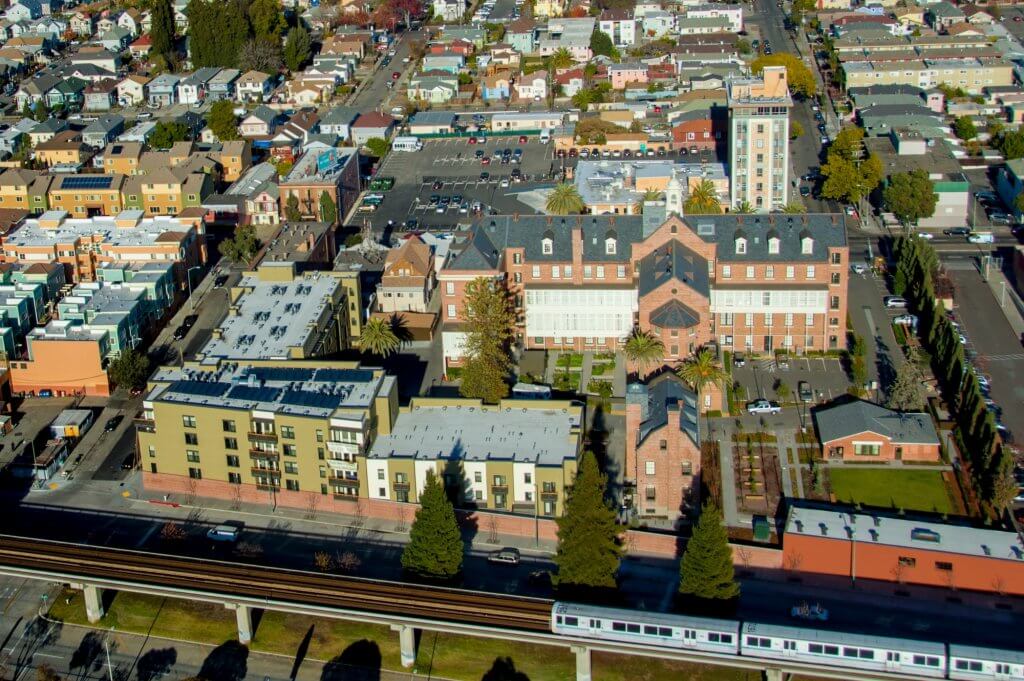Regulating ADUs in California: Local Approaches & Outcomes
Published On May 16, 2019
By Dr. Deirdre Pfeiffer, Associate Professor at Arizona State University and Visiting Scholar at the UCLA Ziman Center for Real Estate
This is the second installment in a working paper series that utilizes the Terner Center California Residential Land Use Survey to assess the implications of California’s state and local policy for housing. The working paper series is published jointly by the CALIFORNIA ASSOCIATION OF REALTORS®’s Center for California Real Estate and the Terner Center for Housing Innovation at UC Berkeley. This paper series will examine a number of topics related to land use regulation; from the feasibility of ADU production to trends in segregation. Read the full paper here.
Accessory Dwelling Units (ADUs) are often cited as an untapped housing type in the push to increase housing supply and improve affordability. These small units—typically built on lots with an existing single family home—can densify the single-family neighborhoods that dominate California cities and often house caretakers, family members, or renters at more affordable rent levels. Despite the rising prominence of ADUs, little is known about the types of communities that build them or how local policies can incentivize or stymie their production.
To explore these questions, I relied on ADU regulation and permitting data from the Terner Center California Residential Land Use Survey. I constructed an ADU Regulation Index, which measures the relative restrictiveness of California localities by compiling data on minimum lot size ratios, maximum unit size, off-street parking spaces required, and fees exacted on ADUs. I found:
Localities display three distinct approaches to ADUs
Localities with different demographic and housing market conditions treated ADUs differently. My research uncovered three community types:
- Threatened and Restrictive: Localities with lower household incomes, declining incomes in the 2010s, lower housing values, higher rates of poverty, and higher proportions of Latinxs tended to have the most restrictive regulations on ADUs. These localities, which represented an estimated 32% of California localities, processed ADU applications less frequently than the rest of the sample.
- Prosperous and Moderate: Only an estimated 14% of localities fall into this category, which consists of the most advantaged communities. These places house higher proportions of Whites, Asians and Pacific Islanders, and seniors, and typically implement more moderate restrictions on ADUs.
- Diverse and Flexible: The most common category (an estimated 54% of localities) captures places that are whiter and wealthier than the Threatened and Restrictive communities, but more diverse and less advantaged when compared to Prosperous and Moderate localities. These communities were the most likely to have adopted an ADU ordinance and processed ADU applications more frequently.
ADU regulations varied by geography
Mapping the regulatory restrictiveness of localities, as measured by my ADU Regulation Index, surfaces a radiating pattern. Localities located farther away from urban hubs like Los Angeles and San Francisco, as well as jurisdictions in the Central Valley, were more likely to be restrictive.
Figure 1: ADU Regulation Index


Source: Mawhorter & Reid (2018)
Jurisdictions with adopted ordinances and less restrictive regulations permitted more ADUs
Controlling for key characteristics, localities that adopted ADU ordinances were twice as likely to have frequent ADU applications than those without. Similarly, localities located in the top quartile of the ADU Regulation Index—indicating lighter levels of regulation—were 67% more likely to have frequent ADU applications than those in the bottom quartile.
The frequency of ADU applications is not significantly associated with housing affordability or aging in place
I did not find a statistically significant relationship between the frequency of ADU applications and housing affordability or the rate of aging in place. Theoretically, localities with higher housing costs could see more demand for housing units, including ADUs, which may obscure any affordability-promoting effects. Longitudinal research is needed to explore this relationship in more detail.
Policymakers can take concrete steps to encourage ADU production
My research surfaces three takeaways for policymakers wishing to incentivize ADUs and promote housing affordability:
- Policymakers should build tools to support different types of communities. More research is needed to investigate what motivates the varying approaches to ADU regulation. The diversity of California communities means that policymakers may need to use a range of tools to encourage ADU production.
- Localities can incentivize ADUs by passing ordinances with less restrictive regulations. Localities with ADU ordinances and lighter restrictions received more ADU applications, and my research surfaced a particularly strong relationship between waiving off-street parking requirements and the frequency of ADU applications.
- ADU production represents one tool of many to improve housing affordability. Localities can also implement policies that show statistically significant effects on rental affordability, such as affordable housing construction.





